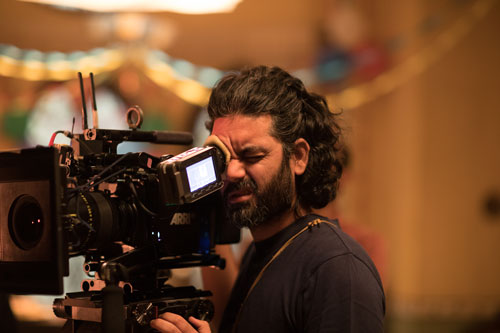
“When I read the script there was this certain stillness that I felt in the lives of these characters, so the camera needed to reflect that monotony.” – 悉達思·迪萬
Awake is Director Atul Mongia’s debut film. 它是一個 23 分鐘短劇, 通過日常的關係, explores the fine line between love and control. Sameera is a successful photographer and is happily married to her husband Vikram, who is in a state of coma. Sameera struggles between the life she has, her commitment to her husband and the life she might have led. The film explores, 除其他事項外, cultural norms and how a woman should ideally behave.
Siddharth Diwan is the film’s cinematographer. Diwan started his career as a wildlife cinematographer. His first feature film as a cinematographer, Peddlers, premiered at Cannes Film Festival’s Critique’s week. He won a Filmfare award for best cinematography for his work on Queen (2014).
全球搜索教育 welcomes Siddharth Diwan.
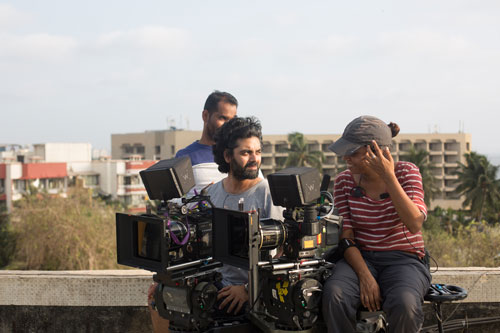
“I knew this film was going to be a lot about the unspoken, a very challenging path for a film because it’s easy for a director to fall in the trap of explaining and underlining everything.” – 悉達思·迪萬
Siddharth, how did you aim to capture the essence of the film with your cinematography?
I think we just wanted to be present but not seen. When I read the script there was this certain stillness that I felt in the lives of these characters, so the camera needed to reflect that monotony. So the approach had to be in a way that we just sit and watch, not really participate, but just observe.
Even though Vikram is now only physically with Sameera, she still clings to his body as a source of support and normalcy. Specifically in the cake scene, how does Sameera realize the deceit of the relationship she has created?
I knew this film was going to be a lot about the unspoken, a very challenging path for a film because it’s easy for a director to fall in the trap of explaining and underlining everything. I’ve seen Atul at work mostly during Titli (Kanu Bhel) and I observed how he always talks to actors about the subtext instead of the text and how he brings that out only through performance without any dialogue. Atul and I have known Ishika for years, and she was very nervous doing this but we were like friends making a film, and the combination of our collective experience and familiarity made it very comfortable for everyone. Atul had clearly prepped her well because once we started shooting she simply switched to being Sameer.
The cinematic technique in the cake scene was to simplify everything, take out the craftery around it, and create the mundanity with symmetry where everything looks still, just like a photograph. Also we tried to design the shots in a way that one could enjoy the performance because it was about a lot of subtext. Ishika was so good, we never had to resort to creating drama with the camera or lighting, and instead I felt secure enough to keep it to the bare minimum. I enjoy cinema using long shots where there is a lot of stillness; it gives the audience the chance to look at the image, appreciate the simplicity of it, and look at the details. Much like how we look at paintings, instead of multiple cuts and dramatic movements. Awake made me feel the need to have that type of approach for the subject it was trying to explore.
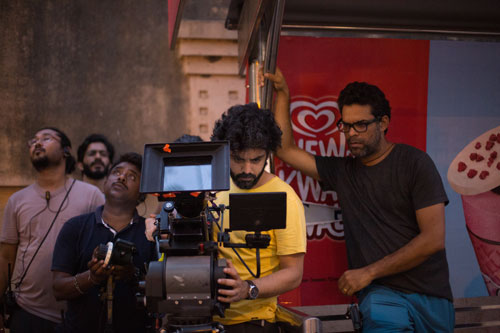
“The cinematic technique in the cake scene was to simplify everything, take out the craftery around it, and create the mundanity with symmetry where everything looks still, just like a photograph.” – 悉達思·迪萬
What was it like working alongside Director Atul Mongia?
Atul is an old friend, very close to my heart. There’s this comfort with which I can work with him. He’s got a lot of focus and he’s extremely hard working, all of which I was always observing while I was trying to become just as hard working as well. It’s his personality and experience that made even a non-actor like Ishika become Sameera.
Atul Mongia reveals his plot and Sameera’s character development gradually over the course of the film’s 23 分鐘. How did this slower approach impact the way you devised your shots?
The script was written in a way that it always felt that the mundanity of the characters was something that would be the focus. The fact that nothing really thrilling will really happen was where the story was and that’s what the shot division should focus on. This actually gave us an approach where we didn’t focus a lot on coverage, but rather finding the right lens and angle where we could hold the shot and see the characters in the most unobtrusive way.
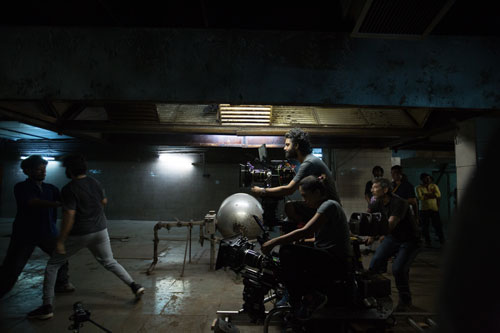
“I just felt with the story that we all always try to walk this thin line where we unknowingly start controlling one another and love is just assumed.” – 悉達思·迪萬
最後的問題: what do you believe Awake says about love vs. 控制?
In the life that they lived, Sameera had certain unsaid boundaries put around her, and Vikram made big life decisions without even consulting Sameera. In the life that we now see, the tables have turned: she’s in control and she loves him. I just felt with the story that we all always try to walk this thin line where we unknowingly start controlling one another and love is just assumed. The film never tried to give answers to any of this, but rather posed a lot of questions to me about how we as human beings are with one another.
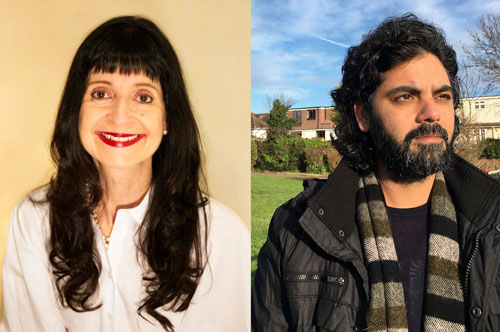
ç. M. Rubin and Siddharth Diwan
感謝您對我們的 800 加 全球貢獻者, 藝術家, 教師, 企業家, 研究人員, 企業領導, 從每個域對學習的未來與您分享觀點的學生和思想領袖 全球搜索教育 每月.
ç. M. 魯賓 (凱茜) 是CMRubinWorld的創始人, 在線出版公司,專注於全球學習的未來, 和行星課堂的聯合創始人. 她是三本暢銷書和兩個廣泛閱讀網上系列的作者. 魯賓收到 3 厄普頓·辛克萊獎“全球搜索教育。”該系列, 它提倡青少年, 在推出 2010 並匯集了來自世界各地的傑出的思想領袖,共同探討所面臨的國家的關鍵教育問題.
按照ç. M. 魯賓在Twitter: www.twitter.com/@cmrubinworld


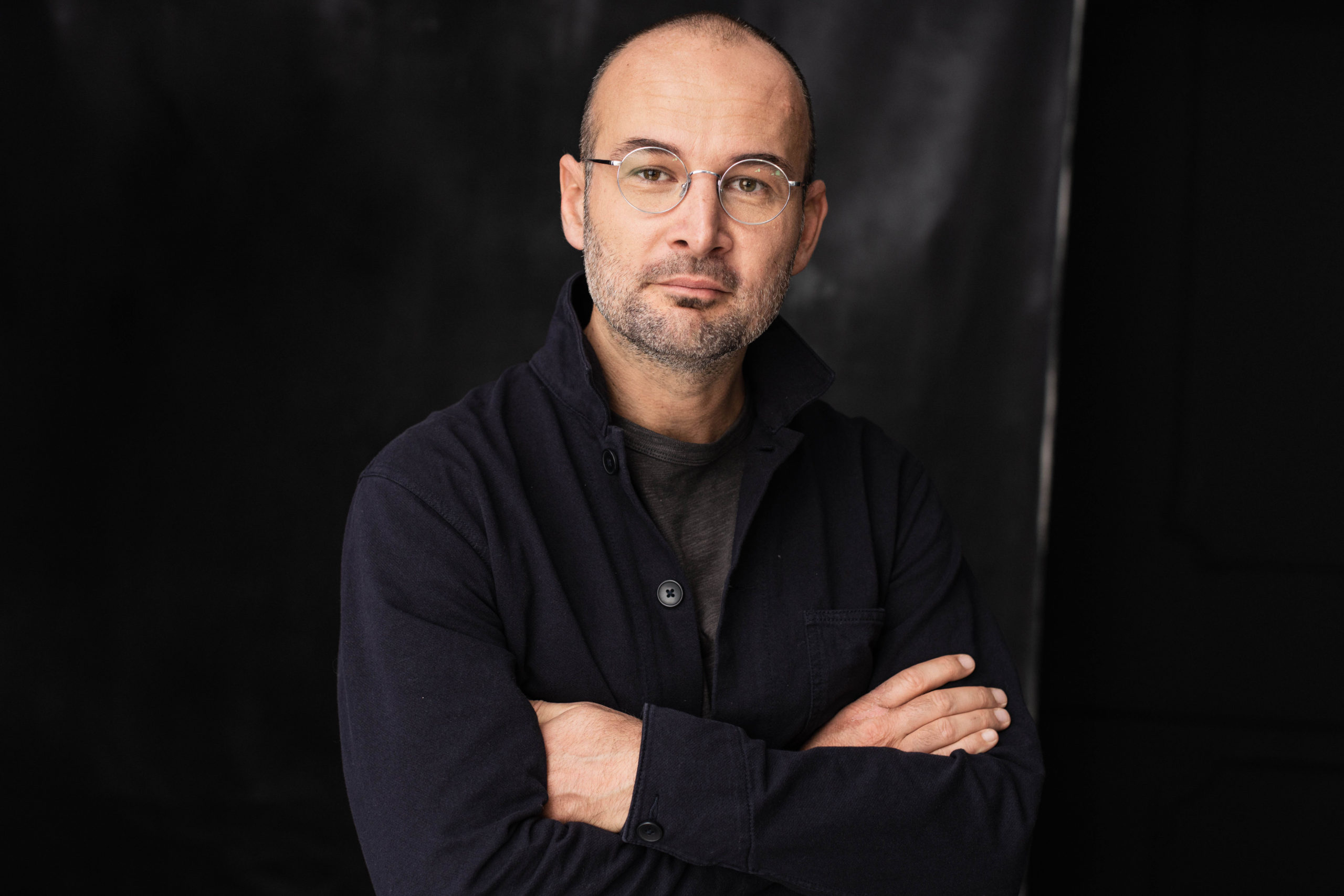
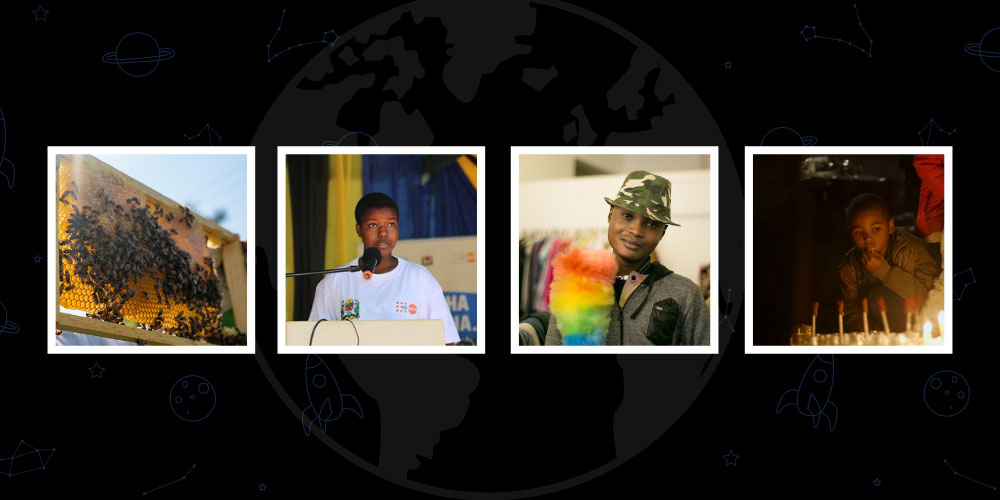
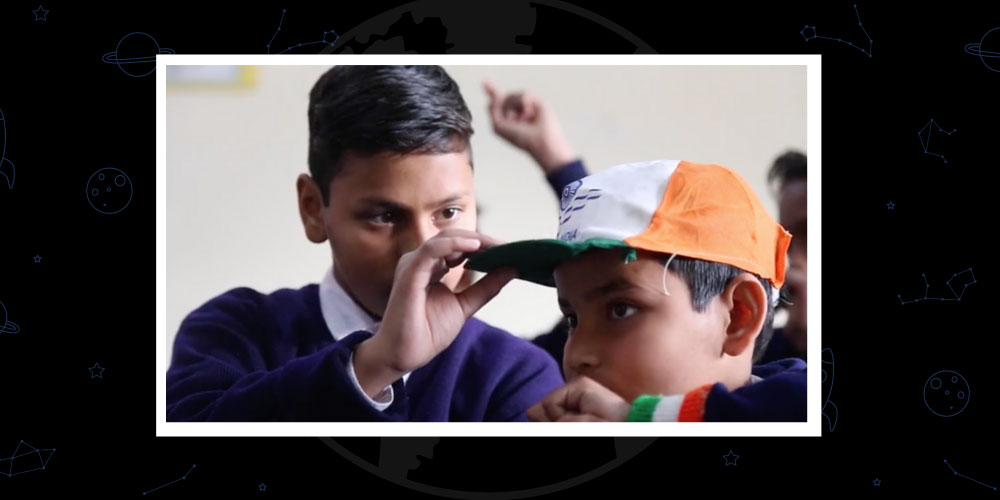
最新評論